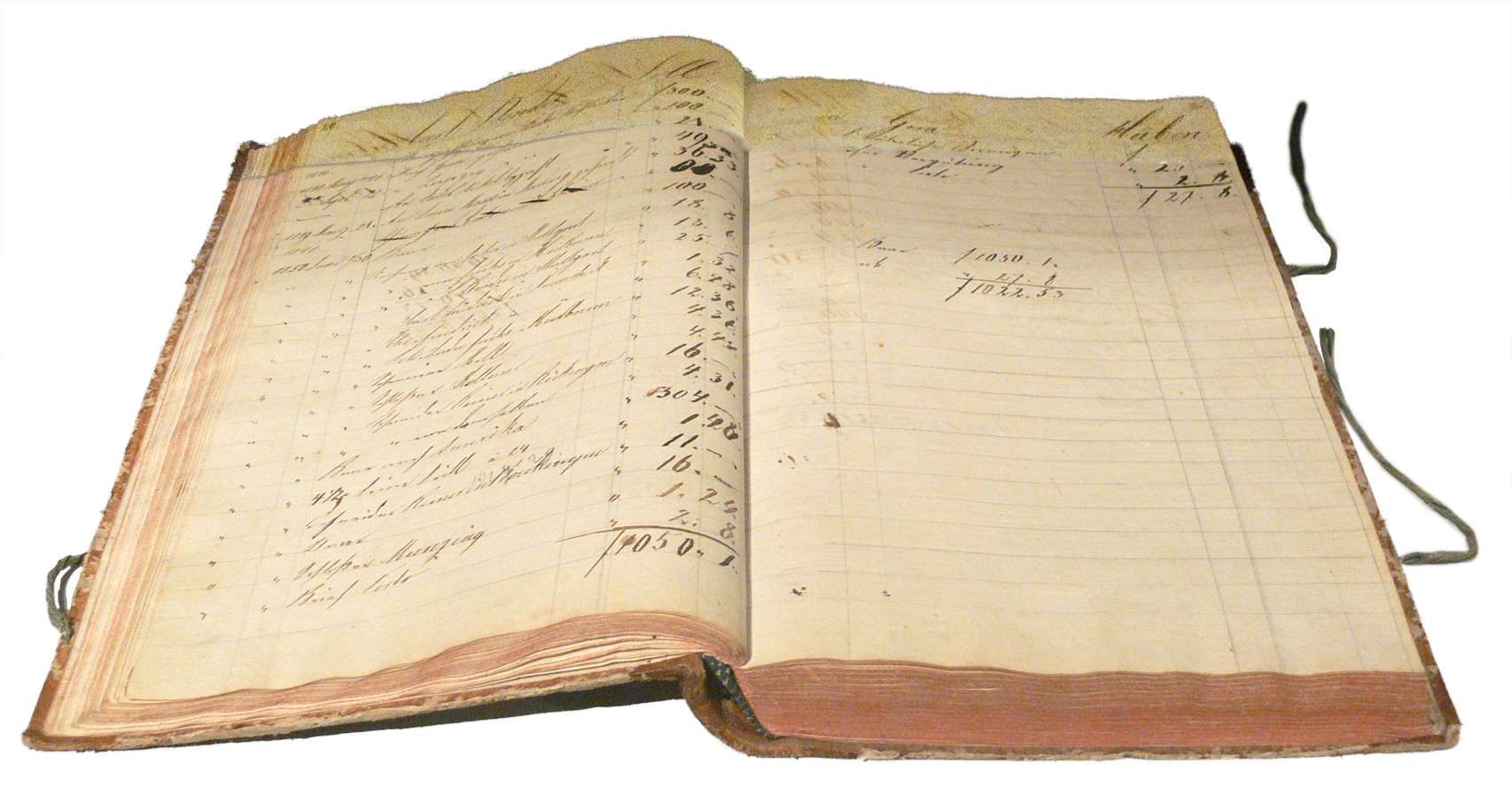Accounting and Finance for Small Businesses
- Introduction to Small Business Financing
- Financial Statements & Month-End Reconciliation
- Roles & Responsibilities in Small Business Finance
- Tax Savings and Filing for Small Businesses
Financial Statements & Month-End Reconciliation
The Balance Sheet: An Overview

Accounting financial summary.
The balance sheet is one of the most important financial statements for any business, including small, service-based businesses. It provides a snapshot of a company's financial health at a specific point in time, detailing what the company owns (assets), what it owes (liabilities), and the value of the business to its owners (equity).
Understanding Assets, Liabilities, and Equity
Assets are resources owned by the business that can be measured in monetary terms. They include cash, accounts receivable, inventory, property, plant, and equipment. Assets are typically classified as either current (expected to be converted to cash within one year) or non-current (expected to provide economic benefit beyond one year).
Liabilities represent what the business owes to others. This can include accounts payable, wages payable, taxes payable, and long-term debt. Like assets, liabilities are also classified as current (due within one year) or non-current (due beyond one year).
Equity, also known as net assets or owner's equity, represents the residual interest in the assets of the business after deducting liabilities. In other words, equity represents what the business owes to its owners. This includes invested capital and retained earnings.
Reading and Interpreting a Balance Sheet
The balance sheet follows the fundamental accounting equation: Assets = Liabilities + Equity. This means that the resources of a business (assets) are funded either by borrowing (liabilities) or by the owners (equity).
When reading a balance sheet, it's important to not only look at the individual numbers but also to understand the relationships between them. For example, the ratio of liabilities to equity can give you an idea of a company's financial leverage. Similarly, the proportion of current assets to current liabilities provides insight into a company's liquidity and ability to meet short-term obligations.
The Role of a Balance Sheet in Decision-Making
The balance sheet plays a crucial role in decision-making for both internal and external stakeholders.
For business owners, the balance sheet can help in assessing the company's financial health, planning for future needs, and making strategic decisions. For example, a high proportion of debt might indicate a need to improve cash flow or reduce borrowing.
For potential investors or lenders, the balance sheet provides key information about a company's stability, liquidity, and growth potential. It helps them decide whether to invest in or lend to the business.
In conclusion, understanding the balance sheet is crucial for effective financial management in a small business. It provides a clear picture of a company's financial position at a specific point in time, helping stakeholders make informed decisions.